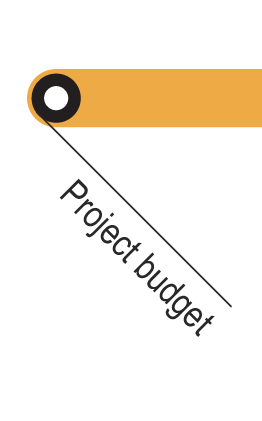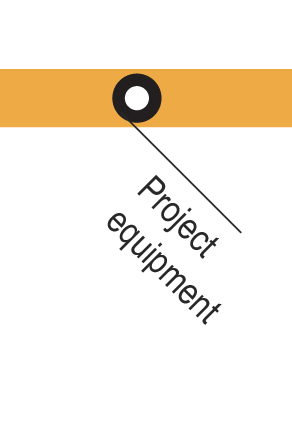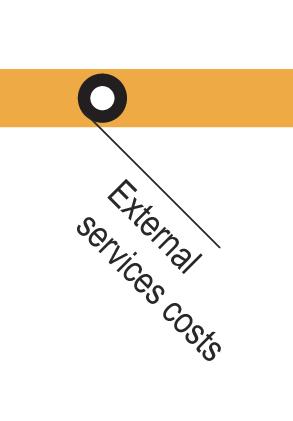 ESTIMATING OFFICE & ADMIN COSTS you need to identify the appropriate proportion of the organisation's indirect costs (office and admin costs) that support the implementation of your project.
ESTIMATING OFFICE & ADMIN COSTS you need to identify the appropriate proportion of the organisation's indirect costs (office and admin costs) that support the implementation of your project.
Indirect cost include costs for tasks relating to a range of activities, including the administration of your project, finance department and HR management, office rent, insurances and taxes for the buildings where project staff is located; the maintenance of equipment of the office; utilities; office supplies, general accounting; procurement; ICT and IT systems, telephone/internet/postal costs; security; maintenance, cleaning and repairs, etc.
These type of costs keep an organisation operational as a whole and provide an essential back-up for implementing your project.
Please note: The task of monetising the indirect costs is less relevant when no external funding is required or when the funder does not request it.
The tool provided are tables which help you think through the potential and proportionate indirect costs that your project incurs.
Who is the tool for? | When should the tool be used? |
Staff who is designing the project and those with experience of implementing similar projects
Finance officer | When all details, particularly the human resource inputs of your project are clear. |
Click on the stations to navigate through the Costing line!
Key challenges of this step
- Depending on the type of your organisation and its in-house cost system, indirect costs might be already included in the salary costs of each member of staff. It is therefore difficult at times to separate them out if and when this is requested by a funder for example. If a funder requires a separation of direct and indirect costs, your finance department will need to estimate and/or disaggregate the relevant amounts.
- Some local authorities or community organisations have distinct 'project cost centres' or 'core funding budgets' whereby core funding represents all the indirect costs of an organisation. If you want to take advantage of getting these costs included in a funding application, the appropriate share of these indirect costs need to be aproportioned to your project on the basis of its duration and number of staff and time involved. If an organisation is not used to separating the indirect from the direct (i.e. project) costs, this can be a challenging task.
Main risks
- If you don't identify the indirect costs for funding applications, you might be losing out on valuable funding to support your organisation. But be mindful and follow the funder's instructions and eligibility rules.
Helpful tips
- The finance officer or finance department of your organisation will have a good understanding of indirect costs and their proportionment for projects.
- If your project is based on a partnership approach, each of your partner organisations will need to ascertain their indirect costs in relation to their members of staff involved in the project.
- In an EU funding context, the indirect costs are usually accounted for through a flat rate approach, for example 3% of staff costs are presumed to be indirect costs. The funding application guidance (of any funder) should give you a clear indication whether there is a flat-rate option, how high the flat rate is, or if you have to identify the actual costs.
- If there are any uncertainties do not hesitate and get in touch with the relevant funding organisation.
- The task of monetising the indirect costs is less relevant when no external funding is required.











